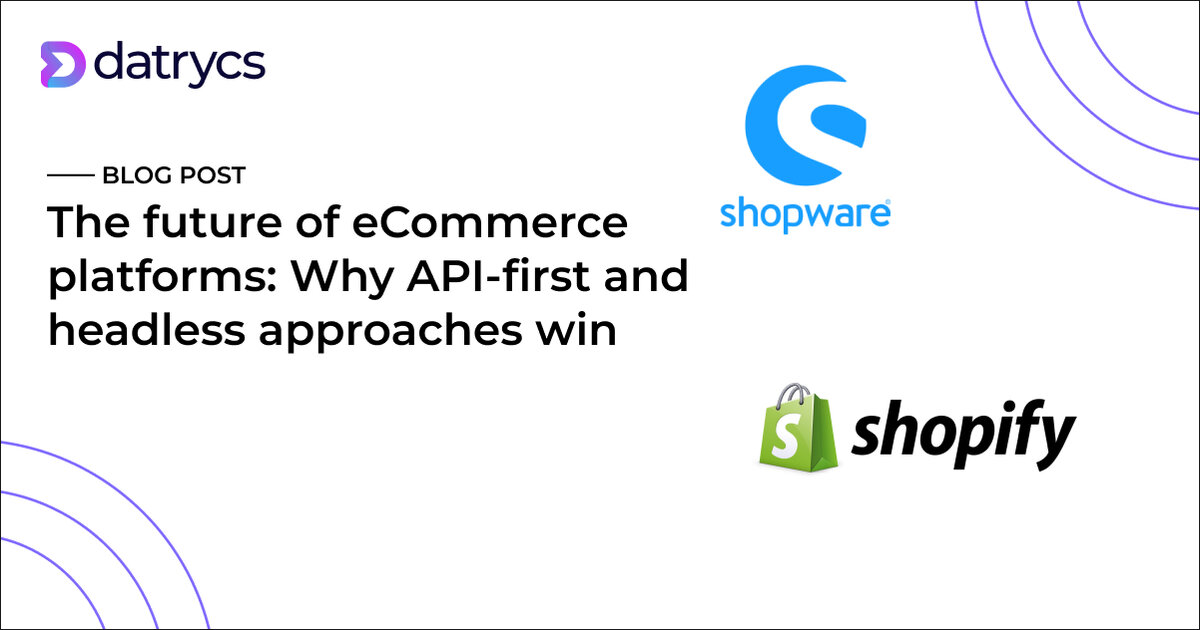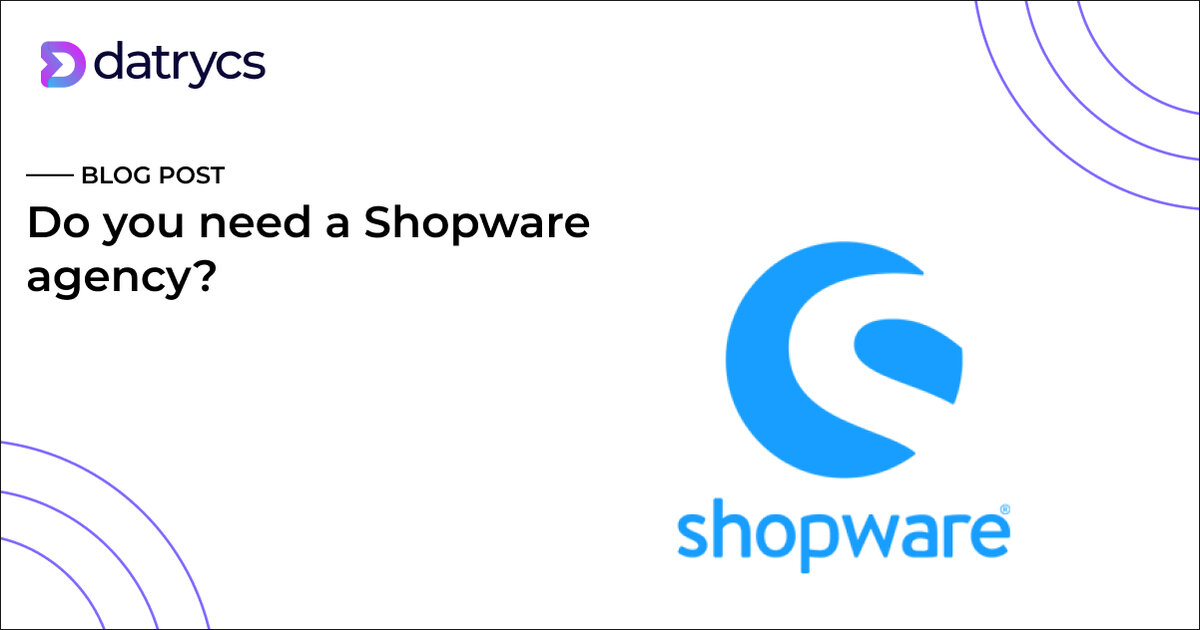What are the differences between MACH vs Composable Commerce?
MACH and Composable Commerce might seem similar, but they have different focuses.



What does MACH mean
MACH, an acronym for Microservices, API-first, Cloud-native, and Headless, represents a significant transformation in e-commerce architecture. Traditional monolithic platforms, which enforce rigid structures and limit scalability, are increasingly being replaced by more flexible and adaptable solutions. By adopting a modular approach, MACH enables retailers to overcome the constraints of conventional systems, promoting greater agility, scalability, and innovation in digital commerce.
- Microservices: This approach structures an online store as a collection of independent, self-contained services. Rather than relying on a single, monolithic system, microservices enable businesses to modify or upgrade specific components without disrupting the entire platform, enhancing flexibility and efficiency.
- API-first Design: Application Programming Interfaces (APIs) serve as the connectors that allow different systems and services to interact seamlessly. An API-first approach ensures that integration capabilities are prioritized from the outset, facilitating connectivity with external services such as payment gateways and logistics providers.
- Cloud-native Architecture: E-commerce platforms built on cloud-native principles benefit from scalability, resilience, and adaptability. Hosting services in the cloud ensures that the system can dynamically adjust to fluctuations in demand while maintaining high availability and reliability.
- Headless Commerce: This decoupling of the front-end (user interface) from the back-end (commerce engine) allows businesses to update their digital storefront’s design and user experience without altering core functionalities. This separation enhances flexibility in customization and enables seamless omnichannel experiences.
What is the meaning of Composable Commerce
Composable Commerce extends the principles of MACH by allowing businesses to select and integrate best-in-class technologies tailored to their specific needs. Instead of relying on an all-in-one platform with predefined functionalities, businesses can assemble a customized ecosystem of specialized tools, such as advanced payment systems, inventory management solutions, and personalized marketing platforms.
This approach ensures that each component of the e-commerce infrastructure is optimized for its respective function while enabling seamless interoperability between services. Moreover, Composable Commerce provides long-term adaptability, allowing businesses to swap out or upgrade technologies as their requirements evolve.
What is the difference?
While MACH and Composable Commerce share the objective of enhancing flexibility and scalability, they differ in their primary focus:
- MACH emphasizes transitioning away from rigid, monolithic systems toward a modular, API-driven architecture.
- Composable Commerce focuses on the strategic assembly of best-fit technologies to create a tailored, efficient, and adaptable e-commerce ecosystem.


